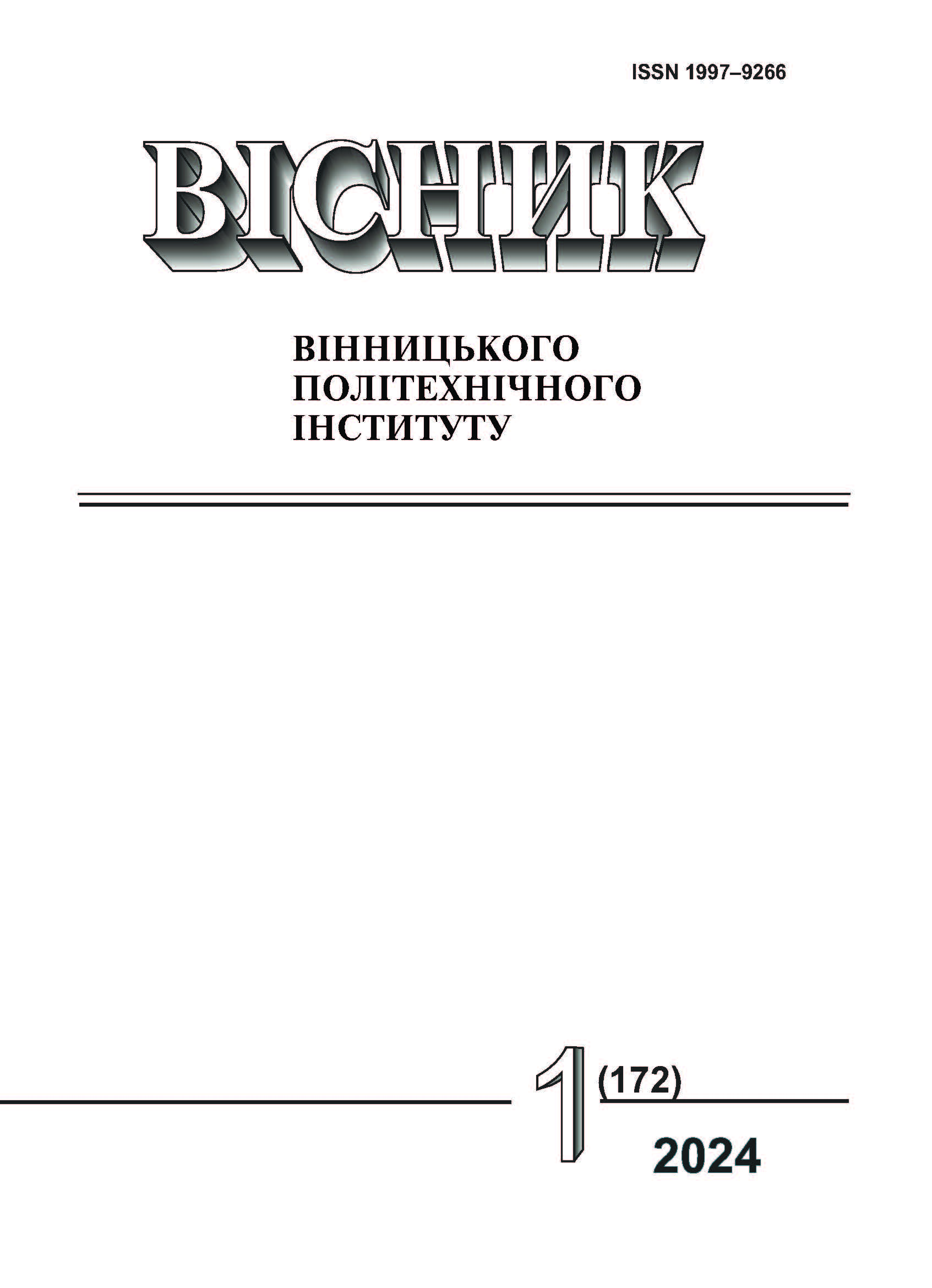Waste Freons Management in Ukraine
DOI:
https://doi.org/10.31649/1997-9266-2024-172-1-11-16Keywords:
freon, toxic substances, waste electrical and electronic equipment,, refrigerating equipment,, waste managementAbstract
Freons remaining in used refrigerating equipment, air conditioners, etc., pose a danger to the environment, as they are classified as hazardous waste and mostly have a high global warming potential. Since 1987, the production and use of some freons has been banned and they have been replaced by fluorocarbon compounds that have zero ozone-depleting potential. However, in Ukraine, much equipment still use old types of freons. The reduction in greenhouse gas emissions, which reflects the measures taken to replace refrigerants, will be observed only in the next decades, when new products placed on the market will become waste. Basically, the type of freon used in Ukraine depends on the old used equipment already available in the country (predominantly freon R12) and the import of modern equipment (freons R134a, R600a). The largest amount of freon is used in air conditioners (primarily, industrial ones — up to 2.5 kg per unit of equipment), while household refrigerators contain a fairly small amount of freon. In Ukraine, there is a protocol for disposal of freon-containing equipment. Extraction of freon can be provided in various ways, the simplest of which is the collection of vapor refrigerant. After that, freon can be recycled for reuse or sent for disposal. In Ukraine, a small number of companies that have a special license and permit to work with chemical waste of hazard class 1 to 4 (special equipment is used) are officially engaged in the disposal of freon-containing equipment. In Ukraine, companies interested in recovered freon are working in the following fields: production of cosmetics, the filling of gas cylinders, production of refrigerating equipment, fire extinguishing, production of chemical products, production of air conditioners, dry cleaning (they use cleaning agents based on freon), production of aerosols (freons are used for ejection of substances) for mechanical engineering and maintenance of computer equipment, etc. In addition, freon leaks occur during the operation of the equipment, during adjustment, refueling or repair of the equipment. In the article, these losses are estimated at 9.5 kg/year.
References
В. І. Саранчук, М. О. Ільяшов, В. В. Ошовський, і В. С. Білецький, Хімія і фізика горючих копалин. Донецьк: Східний видавничий дім, 2008, 600 с.
L. Hlavatska, V. Ishchenko, V. Pohrebennyk, and I. Salamon, “Material Flow Analysis of Waste Electrical and Electronic Equipment in Ukraine,” Journal of Ecological Engineering, № 22 (9), pp. 199-208, 2021. https://doi.org/10.12911/22998993/141571 .
Л. Ю. Главацька, і В. А. Іщенко, «Аналіз складу компонентів електронних та електричних відходів,» Вісник Вінницького політехнічного інституту, № 1 (13), с. 42-48, 2021. https://doi.org/10.31649/1997-9266-2021-154-1-42-48 .
П. А. Ушенко, і Е. Г. Братута, «Фреони й навколишнє середовище: історико-технічний аспект,» Вісник Нац. техн. ун-ту «ХПІ», зб. наук. пр., темат. вип. : Історія науки і техніки, № 64, с. 146-153, 2011.
V. Forti, C. P. Baldé, R. Kuehr, and G. Bel, The Global E-waste Monitor 2020: Quantities, flows and the circular economy potential, United Nations University (UNU)/United Nations Institute for Training and Research (UNITAR), Bonn/Geneva/Rotterdam, 2020.
Верховна Рада України, Закон України «Про охорону атмосферного повітря» від 16 жовтня 1992 р., Офіц. вид. Київ, Україна: Парлам. вид-во, 1992.
Верховна Рада України, Закон України «Про регулювання господарської діяльності з озоноруйнівними речовинами та фторованими парниковими газами» від 12 грудня 2019 р. Офіц. вид. Київ, Україна: Парлам. вид-во, 2019.
S. Seidel, J. Ye, and S. O. Andersen, Technological Change in the Production Sector Under the Montreal Protocol. Institute for Governance & Sustainable Development, 2015. [Electronic resource]. Available: https://www.c2es.org/wp-content/uploads/2015/10/technological-change-production-sector-under-montreal-protocol.pdf .
Downloads
-
PDF (Українська)
Downloads: 135
Published
How to Cite
Issue
Section
License

This work is licensed under a Creative Commons Attribution 4.0 International License.
Authors who publish with this journal agree to the following terms:
- Authors retain copyright and grant the journal right of first publication.
- Authors are able to enter into separate, additional contractual arrangements for the non-exclusive distribution of the journal's published version of the work (e.g., post it to an institutional repository or publish it in a book), with an acknowledgment of its initial publication in this journal.
- Authors are permitted and encouraged to post their work online (e.g., in institutional repositories or on their website) prior to and during the submission process, as it can lead to productive exchanges, as well as earlier and greater citation of published work (See The Effect of Open Access).





